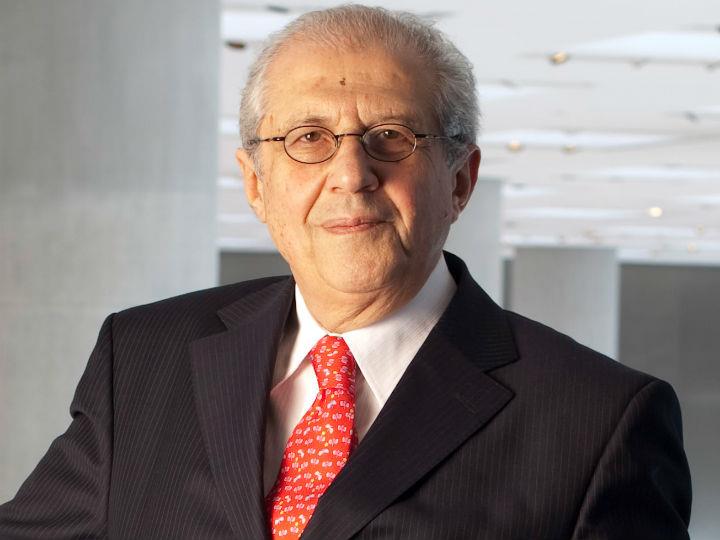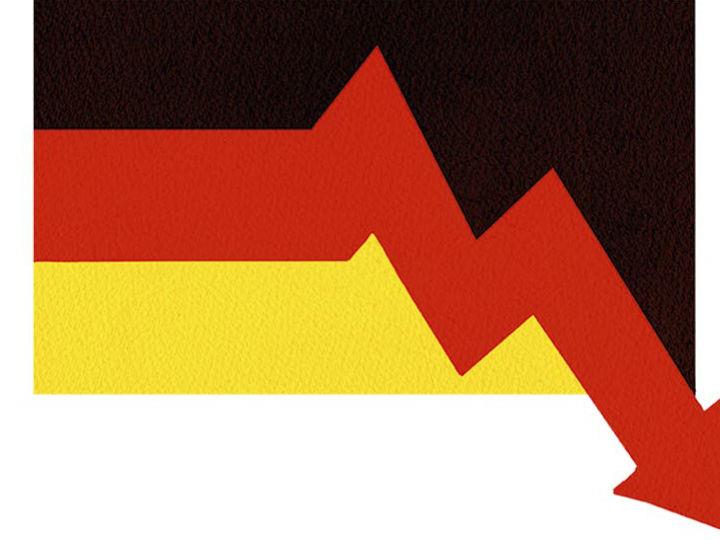by Alexandra Papaisidorou*
On July 25, 2019, a few days after the events taken place on the frame of the 10th anniversary of the Acropolis Museum, EBR had the pleasure of meeting and interviewing Mr. Pantermalis, who has been the Director for these 10 years of the Acropolis Museum’s operation while over 14.5 million local and international visitors have passed its doors to enjoy its exhibits. From a holistic viewpoint, the President walks us mentally around the museum and on the occasion of its ten years anniversary, he expresses himself in a very interesting and stimulating context on the issues of cultural diplomacy and the role of museums on the direction of a common European identity. EBR shines a light on what Mr. Pantermalis’ work made the difference during this decade and the motives of moving forward as “we now start”, such as literally the President pointed out.
EBR: Are you still consciously dreaming about the things that everyone wants to see happen in the Museum of Acropolis as the cradle of culture? Could you please name one that comes first on your mind?
DP: What we really expect in the Museum of Acropolis, which is, also, a sustainable and constant pattern, has to do with the reunification of the Parthenon sculptures.
It is an issue that dates back 200 years, however, it remains to be still highly alive nowadays and concerns not only Greek people but so many foreigners especially since it opens its Gates. This problem, being only orally worded as a problem as it is a visual topic in real that makes observers to spot what is missing from the Parthenon marbles and how they could be partitioned, so, how much feasible is their rehabilitation meaning the effort to get them back of the British museum. This is a goal that we constantly look forward to and believe that one day the solution would come up.
EBR: How do you confront the allure from the past that haunt the present related to great issues of concern taking for example the Parthenon marbles return? Do you believe that cultural diplomacy could play a significant role and bring new perspectives towards certain topics?
DP: Absolutely, the cultural diplomacy consists a highly useful tool not only for the Parthenon sculptures but generally for the cultural, cross-national and International Relations. The civilisation is a gentle way of approach and communication among peopl as it is released by the political parametres and targets directly the man itself and the universal expression of societies represented by these people. It goes without saying that it is the basic background for a creative dialogue that as we believe is the condition of the achievement of a solution, to say it differently, I personally can’t agree more that this issue cannot be solved just with a decision of a certain authority but only with the refinement of the cultural diplomacy and the fertile dialogue.
EBR: The museum of Acropolis consists absolutely a uniquely synonym of Greek culture, democracy, ethos and has taken over the reins of the sixth most popular museum in the world. Does it show off decidedly a sign of the universal pan-catholic and pan philanthropist Greek spirit globally?
DP: Yes, of course, the Museum of Acropolis disposes emblematic masterpieces of the archaic and classical period that their existence consisted the archetype of many artistic creations of the subsequent years, centuries and there is undoubtfully the global interest for all these archetypes which express a society with high mental rate and achievements in each aspect of spirit.
EBR: What thoughts and emotions come to your mind when you count down these ten years and have your original visions come to an end? What may be considered as the biggest accomplishment?
We do not think that these decades mean the end of our planning for the museum, but, on the contrary, it is the springboard to step forward and dare more. The Museum of Acropolis has chosen as its main target to have numerous visitors and then to try to convey in the new broadened Greek public, but international as well, all the messaging emerged by the works of art which houses and we consider that it is not by chance that during the first decade more than 15 million of visitors sightseeing it.
EBR: In what ways art, culture and heritage can contribute as the best piece of leadership strategies and thus composing a common cultural European identity. In what way may it inspire you for a robust future among states, subjects and individuals?
DP: The Greek classical culture has already played a main role for the common cultural identity of Europe and we consider that it is our obligation, on behalf of the Acropolis Museum, to contribute again so as to make Europe re-discover the Ancient Greece.
* Editor-at-large - PhD cand., University of Piraeus, Cultural Diplomacy & International Relations




 By: N. Peter Kramer
By: N. Peter Kramer

